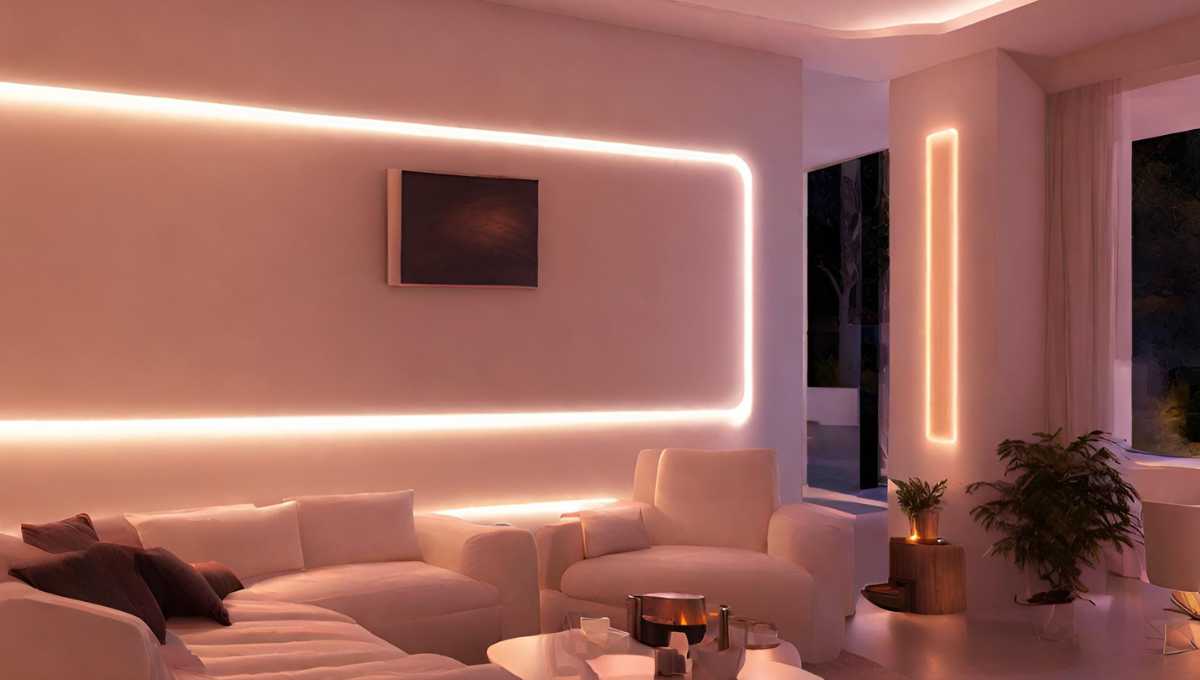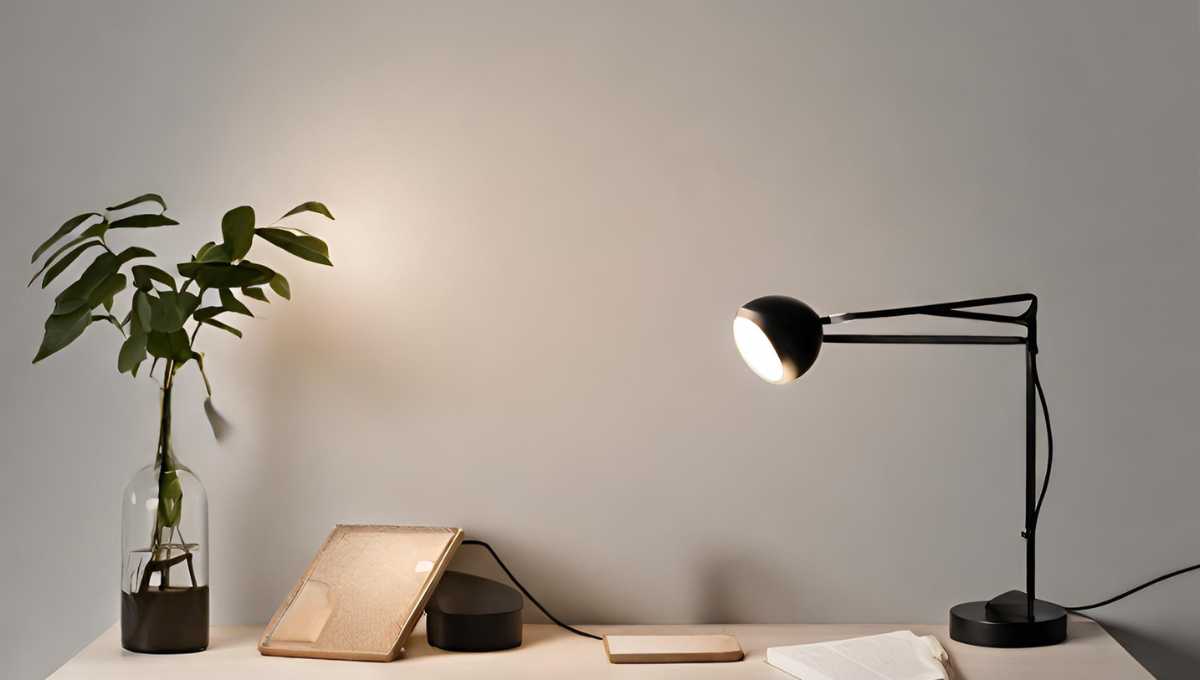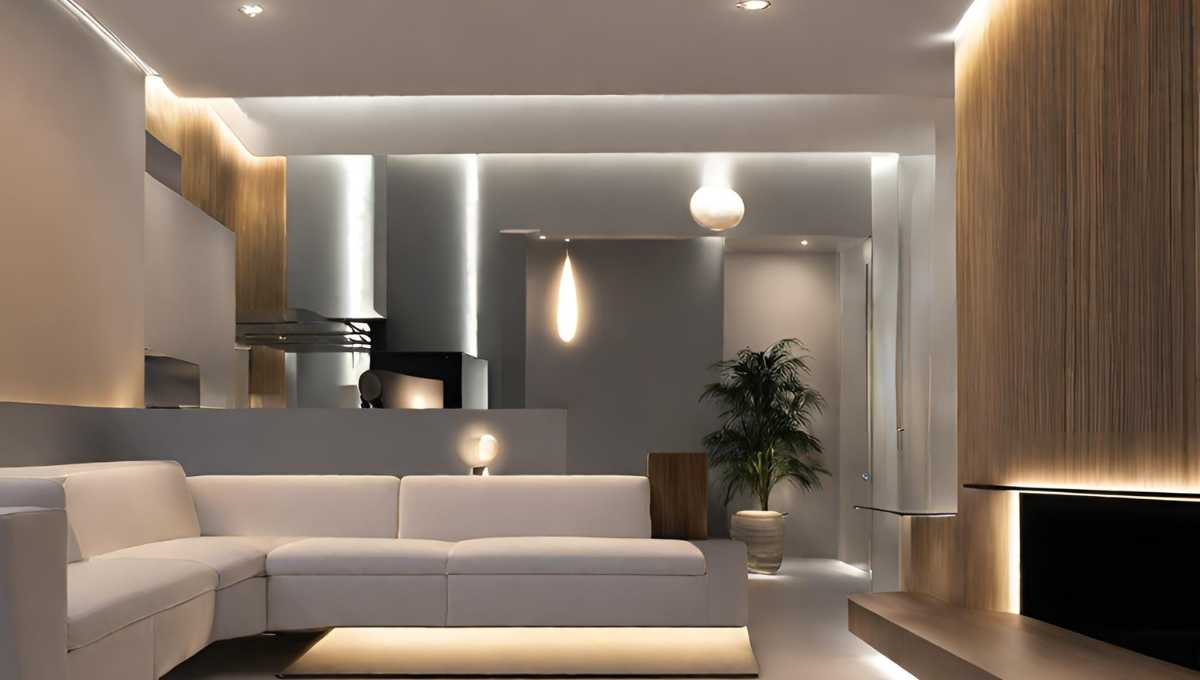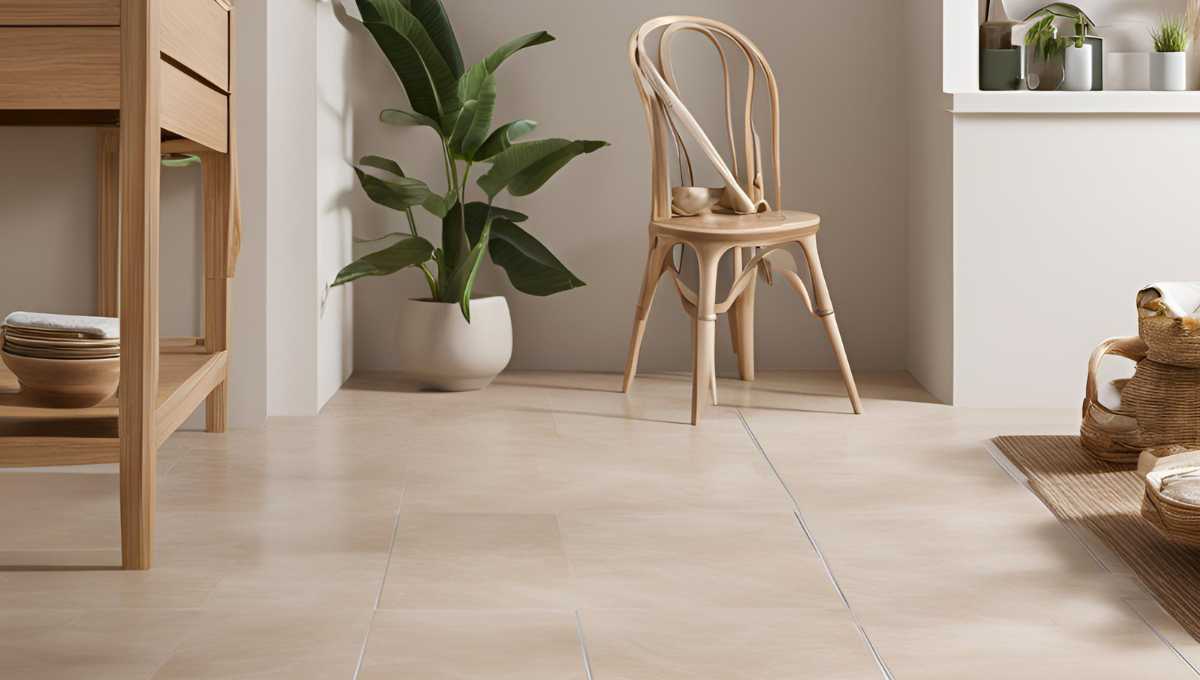Interior design lighting style
Okay, in this blog today, we are going to be talking about my interior design lighting effects. We’re going back to the basics here and really just understanding the best ways to light your home.
Interior design lighting tip number one is to layer your lighting.
So first of all, let’s just go over it real quick. There are three types of lighting: ambient lighting, task lighting, and accent lighting.
In This Post
Toggleambient lighting effects
Ambient lighting is basically the main functioning light that you’re probably going to have in the room. you can use ambient lighting in the center of the room; you can use LED lighting strips, but it’s meant to sort of light the whole space.
task lighting effects
Task lighting is meant to accomplish a specific task. So that could be pendants over top of your kitchen island, so when you’re using, you know, chopping stuff in your kitchen, it could be a floor lamp that you have sitting next to your couch so that you can use that while you’re reading a book, or maybe it’s next to your bed.
Accent lighting effects
which is just that little, tiny extra bit of lighting that is meant to accent a specific feature in your home. So that could be some ceramics that you have that could be like an art piece. It is there to accent the piece of art that you are trying to accent in your space.
So the most important takeaway is that you need all three in your home.
- Most people don’t forget about ambient lighting.
- but they do forget task lighting and accent lighting.
- And the main tip here is that to create a really interesting space.
- you’re going to need different layers of lighting.
- And when I say layers, I mean again incorporating all three and also at different.
- varying heights and in different areas of your home.
- You don’t want some light in some areas of your living room.
- but then you have a kind of blank area where you don’t have anything at all.
- You want a really dynamic environment that incorporates all three types of lighting and then incorporates them in different locations and at different heights in each space.
- So beautiful rooms that have a really well-thought-out.
- well-designed lighting plan usually incorporate some ambient lighting.
- but they’ll also have some task lighting for accomplishing different tasks in different areas of whatever room you’re talking about, and they will also have some accent lighting to sort of highlight those little extra special touches that they’ll have in each room.
The second interior design lighting tip is: don’t forget to put lighting outdoors.
So what tends to happen, especially in these cold winter months that we’re heading into, is that sometimes if you don’t have any lighting outdoors, it’s basically that you look outside and you’ll just see pitch black. And what that will do to your interior space is create a really dark barrier between your interior and the outside world. So if you’re staring out your window and all you’re seeing is a black wall, it’s going to close in your interior, and it’s going to create a scenario where you can’t see beyond that black wall. So it’s going to make your space feel smaller; it’s going to feel more crammed.
But by putting spotlights in your outdoor planters or lighting up maybe a tree that you have outdoors, you’re sort of adding some dimension to the outdoors. So instead of creating that blank sort of dark-pitch black wall, you will add dimension to the outdoor space, which will make your interior feel bigger. So some of the more obvious ways are that you can also create outdoor lamps or outdoor wall sconces, and of course, using outdoor stringer lights is also another great way to sort of light up outdoors, therefore creating a little bit more dimension in your interior space as well.
The third interior design lighting tip is to think about the mood and the function of the space.
- The lighting that you’re going to be using should match that function and that mood. So for example, in your living room, you’re going to want maybe more soft, cozy lighting that’s dimmable so that it’s very malleable for different situations that you have in your living room. Living rooms are going to be used for relaxing and entertaining, so you’re going to want to have that soft, warm lighting.
- In office You’re going to want to have that bright, direct lighting that is there to help you see when you’re working late or when you’re trying to accomplish a specific task. So there, you’re going to want to have brighter, cooler lighting that is very direct and very focused on the task at hand.
- And then you’re going to have other rooms in your home that might be meant for sort of moodier, more romantic settings. So those are the rooms that maybe you want to have dimmable lighting; you maybe want to have candles in those rooms; and you maybe want to have some accent lighting that’s sort of highlighting some specific pieces in the room.
- . So, of course, in the bathroom, you’re going to want brighter lighting, especially around the mirror, especially when you’re doing your makeup. But then maybe when you’re having a bath, you want dimmable lighting, you want candles, and you want a more romantic mood, right? So it’s just about thinking about what the function of that space is and then the mood that you’re trying to evoke and matching the lighting to that.”
FAQ
Position furniture strategically to allow sunlight to filter through windows and avoid blocking natural light sources.
LED bulbs are a popular choice for energy efficiency, offering long-lasting illumination while consuming less power than traditional incandescent bulbs.
Incorporate statement lighting fixtures, such as unique pendant lights or chandeliers, to draw attention to specific areas or features in your home.
Smart lighting systems offer convenience and energy savings by allowing you to control your lights remotely and automate schedules for optimal efficiency.
Regular cleaning and dusting, as well as checking for bulb replacements and upgrades, are crucial for maintaining the performance and longevity of your lighting setup.










